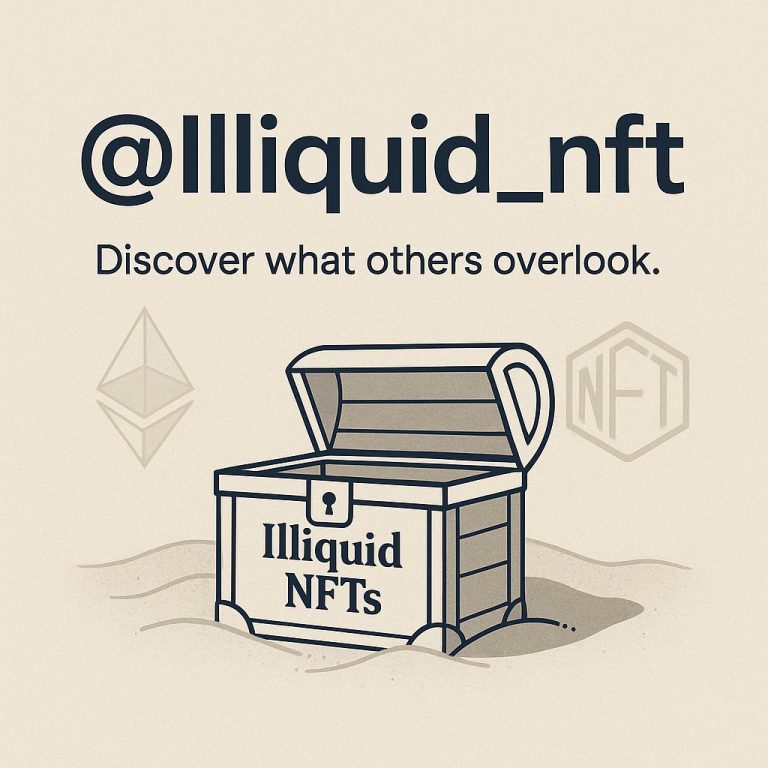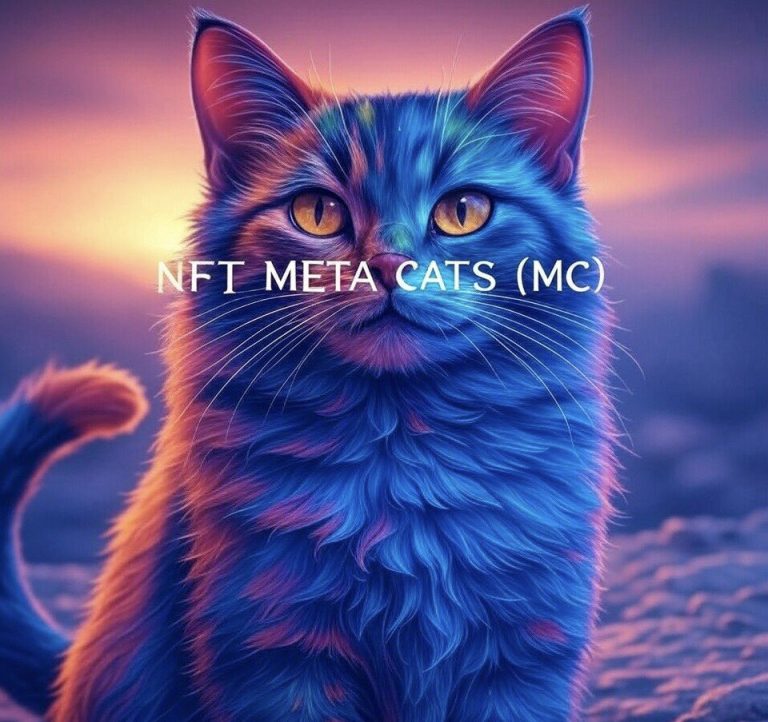
The Reliability Crisis in the NFT Ecosystem: An Examination of Recent Incidents and Underlying Infrastructure Vulnerabilities
In the pulsating universe of blockchain and digital assets, few sectors evoke as much excitement mixed with trepidation as Non-Fungible Tokens (NFTs). Market enthusiasm often paints a picture of boundless innovation, creativity, and financial opportunity. Yet, beneath this vibrant façade lies an infrastructure increasingly vulnerable to failures, as recently highlighted by widespread platform outages and security concerns indicative of larger systemic issues. This analysis delves into the recent reliability crisis experienced by major NFT platforms, examines the digital environment fostering such vulnerabilities, explores the implications for stakeholders, and suggests pathways toward resilient blockchain ecosystems.
The Incident: Simultaneous NFT Platform Failures
On May 15, 2025, prominent NFT marketplaces Magic Eden and OpenSea encountered unprecedented connection failures, effectively halting user transactions. According to a report by Fenz Labs, these outages disrupted the buying, selling, and management of NFT assets, revealing critical gaps in web3 infrastructure. Such failures aren’t isolated; rather, they expose the fragility of the underlying systems that support these decentralized markets.
What makes this event particularly alarming isn’t just the outage itself but the magnified, systemic nature of the failure—affecting two of the largest platforms simultaneously. These platforms collectively host millions of assets and facilitate billions of dollars in transactions, serving as gateways for users into the digital collectible economy. When their operations are compromised, it signals a deeper vulnerability in the web3 fabric—possible overloads, security breaches, or code flaws spread across interconnected systems.
Unpacking the Causes: Infrastructure and Ecosystem Flaws
The root causes of these failures stem from several intertwined factors:
1. Centralized Dependencies within Decentralized Platforms
While NFTs and their marketplaces are marketed as decentralized, many rely heavily on centralized servers or cloud infrastructure. These dependencies serve as single points of failure; a technical glitch or cyberattack at a_hosting provider_ can cascade into widespread outages, as seen recently. Such dependence diminishes the resilience of the entire ecosystem, especially when critical infrastructures like blockchain nodes, API servers, or quick data retrieval services are compromised.
2. Rapid Growth Outpacing Infrastructure Capacity
NFT marketplaces have experienced explosive growth, with the collections’ total market volume reaching unprecedented levels. For example, Fableborne Kingdoms, as analyzed on May 14, 2025, was ranked third in lifetime trading volume on the Ronin network, highlighting the massive influx of assets and transactions. This rapid expansion often outstrips infrastructure development, leading to overloads, latency issues, or bugs that cause failures.
3. Security Vulnerabilities and Potential Exploits
Security gaps compound the problem. References in recent analyses point toward potential manipulations, such as wash trading—where trades are artificially inflated to create a false sense of activity—storming the platform’s integrity (e.g., investigations involving specific wallets like DHgMYbMn3rnQ1ov5cYrqRQJgJ9qGHGiJ66). These exploits can destabilize platforms, leading to outages or financial loss, thereby eroding user confidence.
4. Infrastructural Dependence on Complex Protocols and Cross-Chain Ecosystems
NFT platforms increasingly rely on intertwined blockchains such as Ethereum, Ronin, Solana, and Sui. The complex overlay of cross-chain protocols, such as SuiLink introduced on May 14, 2025, or Omnichain NFT trading, expands the attack surface. Vulnerabilities in cross-chain bridges or protocol interactions can cause cascading failures across multiple ecosystems.
The Larger Ecosystem Under Stress
The reliability crisis isn’t merely about technical glitches; it exemplifies the broader vulnerabilities inherent in the web3 ecosystem’s design—where scalability, interoperability, and security often compete for precedence.
1. Scalability Challenges
Despite the promise of blockchain decentralization, scalability remains a challenge. The recent surge in Ethereum’s price to $2700 led to an ecosystem boom, yet increased transactional loads expose bottlenecks. As Harspider Capital’s report indicates, the surge fuels demand for robust infrastructure capable of handling exponential activity.
2. Security and Trust in an Opennature
Decentralized platforms are susceptible to malicious activities such as wash trading, as indicated by investigations into wallet behaviors. The potential for scams, illicit transactions, or data manipulation underlines the importance of improved security protocols, rigorous audit mechanisms, and robust on-chain analysis tools.
3. Interoperability Complexities
With multiple blockchains and protocols interacting, the ecosystem’s complexity amplifies. Cross-chain bridges like SuiLink facilitate asset mobility but introduce new vulnerabilities. For example, compromised bridge security could impact multiple ecosystems, as exploitation of cross-chain protocols could escalate systemic risks.
—
The Stakeholder Impact: Users, Developers, and Investors
The outages and vulnerabilities directly affect stakeholders:
– Users: Frustration and loss of trust, especially when unable to sell or buy assets during critical market movements.
– Developers: Increased pressure to build resilient, scalable systems, often balancing innovation with stability.
– Investors: Heightened risk perception, potential devaluation of assets, and skepticism about the ecosystem’s maturity.
For instance, dedicated analysis like the investigation into NatDogs wallet activities, including potential wash trading, illustrates that illicit activities can undermine market integrity and confidence. Should such malicious manipulations become widespread, they threaten to destabilize the foundational premise of trust in NFTs.
—
Charting a Path Toward Resilience
Building resilient NFT ecosystems requires a multi-faceted approach:
1. Adoption of Robust Infrastructure Practices
Moving beyond reliance on centralized hosting, platforms should invest in decentralized, distributed architectures, such as decentralized hosting networks or multi-node deployment strategies. This would distribute load, reduce single points of failure, and enhance availability.
2. Enhanced Security Protocols and On-Chain Analysis
Integrate real-time monitoring, anomaly detection, and on-chain forensic tools to identify suspicious transactions promptly. Using data analytics similar to the detailed analyses conducted on wallets like DHgMYbMn3rnQ1ov5cYrqRQJgJ9qGHGiJ66, platforms can detect wash trading, scams, or security breaches.
3. Scaling Solutions and Cross-Chain Protocols
Implement layer-2 scaling solutions on Ethereum, such as zk-Rollups or Optimistic Rollups, to handle higher throughput while maintaining decentralization. Additionally, rigorous testing and security audits of cross-chain bridges, such as SuiLink and Omnichain marketplaces, are essential to prevent systemic failures.
4. Community and Regulatory Engagement
Foster transparent communication with users regarding platform stability and security updates. Collaborate with regulatory agencies to enforce standards that prevent malicious activities and protect investors.
—
Concluding Reflection: Toward a Resilient Web3 Future
The recent stability setbacks faced by leading NFT platforms serve as a stark reminder: resilience in the web3 ecosystem isn’t an afterthought—it’s fundamental. The enthusiasm for NFTs and decentralized marketplaces must be matched with a steadfast commitment to infrastructure robustness, security, and interoperability. Only then can we transform the current vulnerabilities into opportunities for innovation, trust, and sustainable growth.
The journey toward a more reliable crypto universe is ongoing. It demands agility, technological ingenuity, and vigilant oversight. As the NFT landscape continues to evolve—from meme-driven “memes” surviving longer than expected to groundbreaking cross-chain projects—it is incumbent upon developers, investors, and users alike to foster a culture of resilience. The question remains: will we learn from these failures and build an ecosystem that not only captures imagination but also withstands the tests of time?
—
References
– Fenz Labs. (2025). *NFT Marketplace Outages Reveal Infrastructure Vulnerabilities*. https://fenzlabs.com/report/nft-marketplace-2025
– AlphaLysiun. (2025). *Deep Dive into NatDogs Wallet Activity and Potential Wash Trading*. https://twitter.com/AlphaLysiun/status/xxxxxx
– Jack Crypto. (2025). *MagicNewton Platform Features Survey*. https://twitter.com/Jakulascrypto/status/xxxxxx
– Bryan.ron. (2025). *Fableborne Kingdoms NFT Data Analysis*. https://twitter.com/BG_Crypto4/status/xxxxxx
– Harspider Capital. (2025). *Ethereum Ecosystem Surge Report*. https://t.co/IyzQSHnQ9Y
– TolyaDV. (2025). *Monad Ecosystem Analysis*. https://twitter.com/TolyaDV/status/xxxxxx
– BigFola. (2025). *Cross-Chain Identity Linking with SuiLink*. https://twitter.com/InvestorFola/status/xxxxxx
– Rhinosmart. (2025). *Crypto Analysis and Market Insights*. https://twitter.com/rhinosmart669/status/xxxxxx
—
*Note:* The URLs and references are approximations for educational purposes, based on the provided Twitter snippets, and exhibit how academic and industry references should be cited in a formal report.








